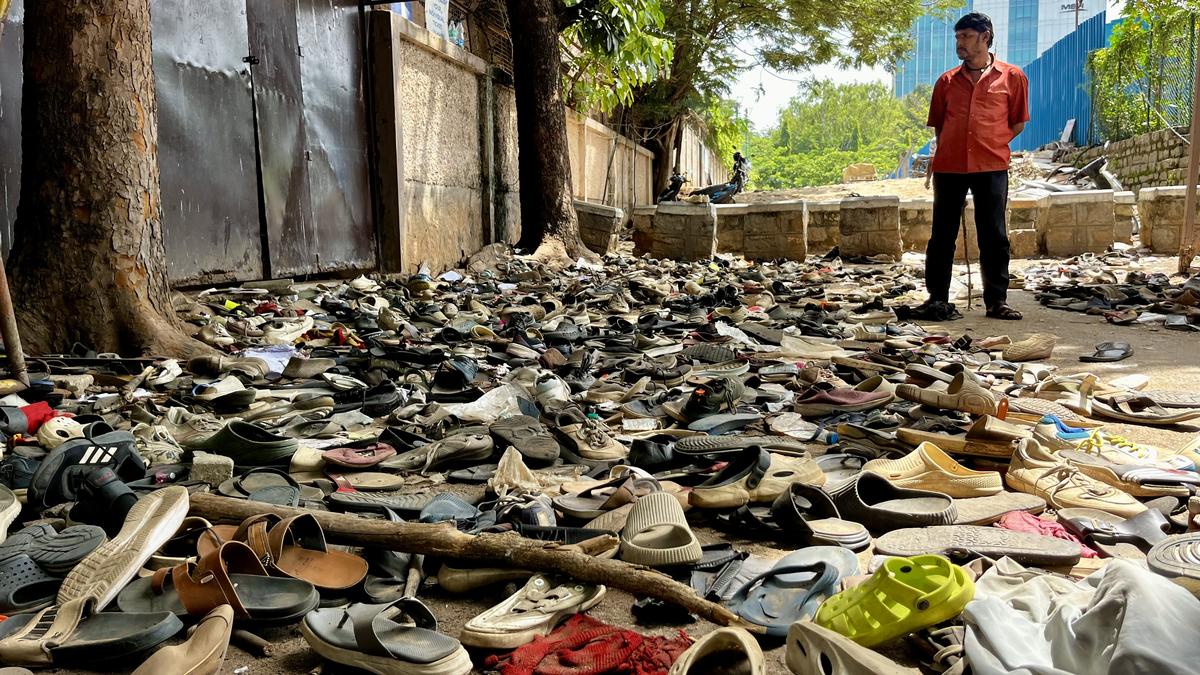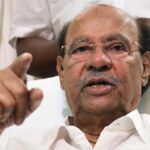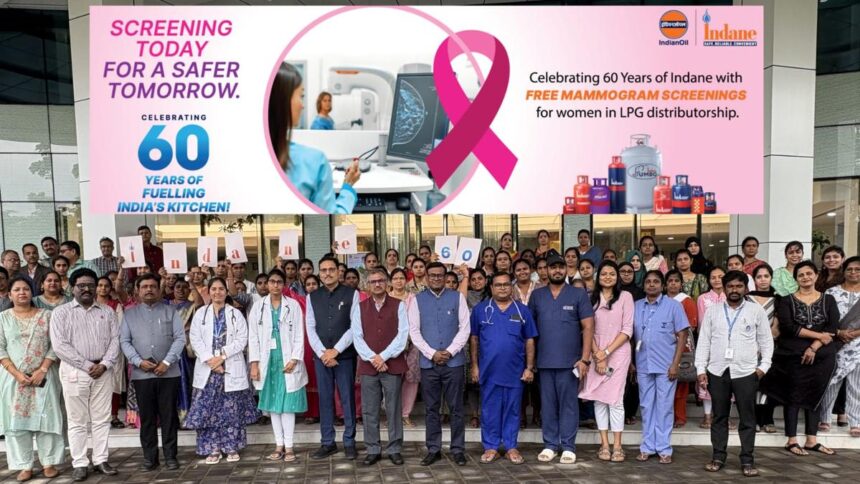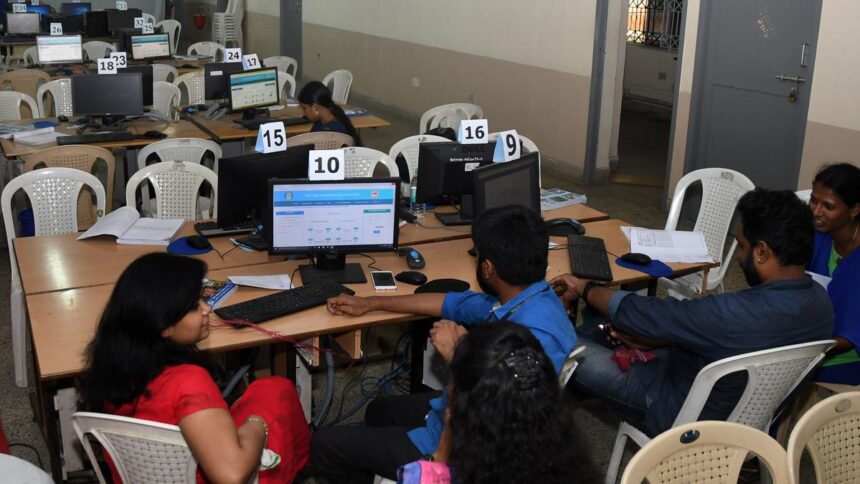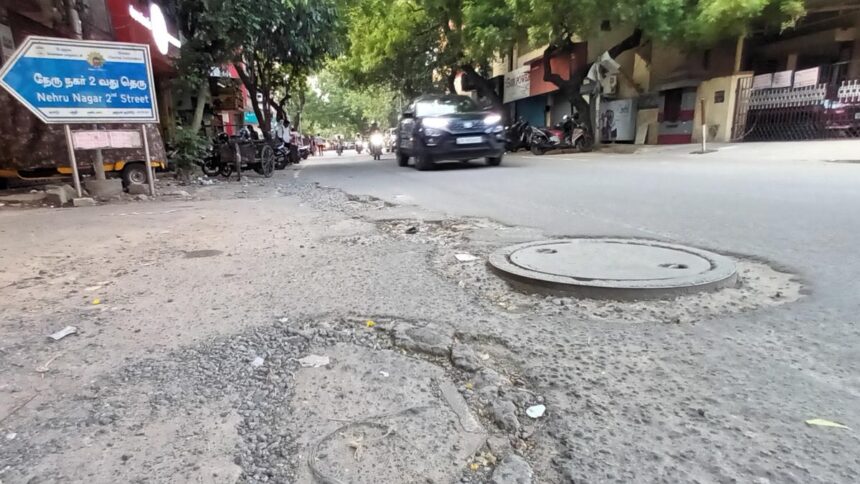The status report on the stampede at the Chinnaswamy stadium in Bengaluru that left 11 people dead has accused the Royal Challengers Bengaluru (RCB), their event management partner DNA Networks Private Limited, and the Karnataka State Cricket Association (KSCA) of unilaterally organising RCB’s massive victory parade and celebration without prior permission, or furnishing mandatory details to city authorities.
The report has been submitted to the High Court of Karnataka, government sources said.
According to the report, around 6.30 p.m. on June 3, just hours before the IPL final between RCB and Punjab Kings (PBKS) in Ahmedabad, the KSCA, on behalf of DNA Networks Private Limited, submitted a letter of intimation to the Cubbon Park police station.
“Should RCB emerge victorious in the tournament, the management of RCB/DNA Entertainment Networks Private Limited intends to plan potential victory parades around the M. Chinnaswamy Stadium, culminating in victory celebrations at the stadium. This was in the nature of an intimation, not a requisition for permission as required under the law,” states the report.
The police denied permission due to the lack of critical information, including projected crowd size, event logistics, and crowd control measures. Another reason was that the proposal was made at short notice, which precluded due processing.
How events unfolded on June 4
Despite this, on June 4, RCB unilaterally announced a public ‘victory parade’ from Vidhana Soudha to Chinnaswamy stadium, through multiple social media posts starting at 7.01 a.m.
A final post at 3.14 p.m. announced that the parade would begin at 5 p.m., and would be followed by celebrations in the stadium. This post was the first to mention that free passes were available online, but it came after large crowds had already started gathering.
The posts garnered widespread attention, with the first four updates accumulating viewership figures of 16 lakh, 4.26 lakh, 7.6 lakh, and 17 lakh, respectively.
This crowd estimate is supported by BMRCL ridership on June 4, which reported 9.66 lakh commuters compared to a daily average of six lakh.
“Therefore, including those who travelled on foot, used public transport, and private means on June 4, the estimated gathering would be well beyond three lakh individuals,” according to the report.
The report emphasised that the organisers never formally sought police permission in the prescribed format as mandated by the Licensing and Controlling of Assemblies and Processions (Bangalore City) Order, 2009.
It clarified that merely submitting an intimation does not amount to seeking permission, particularly for events involving large public gatherings in central Bengaluru.
Lack of proper information on celebrations, or necessary planning
Authorities claimed that essential details, such as the number of participants, assembly point, timing, names and contact details of people in charge of organising the event, and plans for traffic and crowd control, were entirely missing.
This lack of information prevented police from assessing the scale of the event, or planning adequate safety measures.
Furthermore, there was no signage or loudspeaker for public instructions, no trained staff for crowd management at entry gates and within seating areas, and no prior request for loudspeaker use or police bandobast.
The organisers also failed to pay for police deployment, as mandated by Government Order dated May 22, 2019, the report stated.
How police handled the event
Despite the absence of coordination or approvals, the Bengaluru City Police implemented multiple measures to manage the situation on the ground.
A meeting was convened at 10 a.m. on June 4 in the office of the Joint Commissioner of Police, where traffic and law enforcement planning was finalised.
The traffic personnel deployed comprised 4 DCPs, 6 ACPs, 23 PIs, 57 PSIs, 104 ASIs, and 462 constables.
Movement of vehicles on the route taken by the RCB team — from HAL airport to Taj West End hotel, Vidhana Soudha, and finally Chinnaswamy stadium — was regulated to minimise disruption.
A traffic advisory and map were released through press, social media, and FM radio, advising people to avoid areas in the central business district, and use Namma Metro or other public transport due to limited parking. Nine diversion points were created and 125 barricades put up, with an additional 11 barricading zones added as a precautionary measure. Local schools were requested to close by noon.
BMTC deployed its Sarathi teams, and the E-Path app was activated for ambulance management. A dedicated control room monitored traffic movements throughout the event.
Eight major sectors were identified, and police personnel were stationed to regulate and manage the crowd.
What organisers ignored
The report concludes that RCB, DNA Networks, and KSCA ignored standard procedures and safety measures, leading to violations and potential public safety risks.
Their failure to obtain permission and coordinate with authorities ahead of time left the city administration with no option but to respond reactively to an event that had already gained momentum through social media mobilisation.
“Recognising the need for accountability within the law enforcement hierarchy, the government took action against police officials on June 5, 2025.
A Government Order suspended five police officers, including three IPS officers of significant rank: the Commissioner of Police, the Inspector General and Additional Commissioner of Police, and the Deputy Commissioner of Police, alongside the Assistant Commissioner of Police for Cubbon Park and the Police Inspector of Cubbon Park,” the report said.







